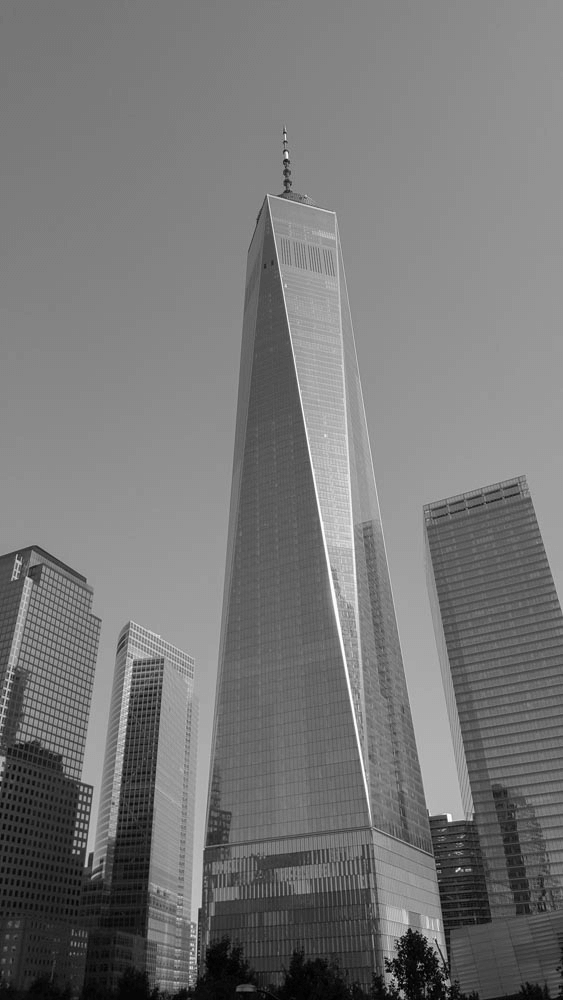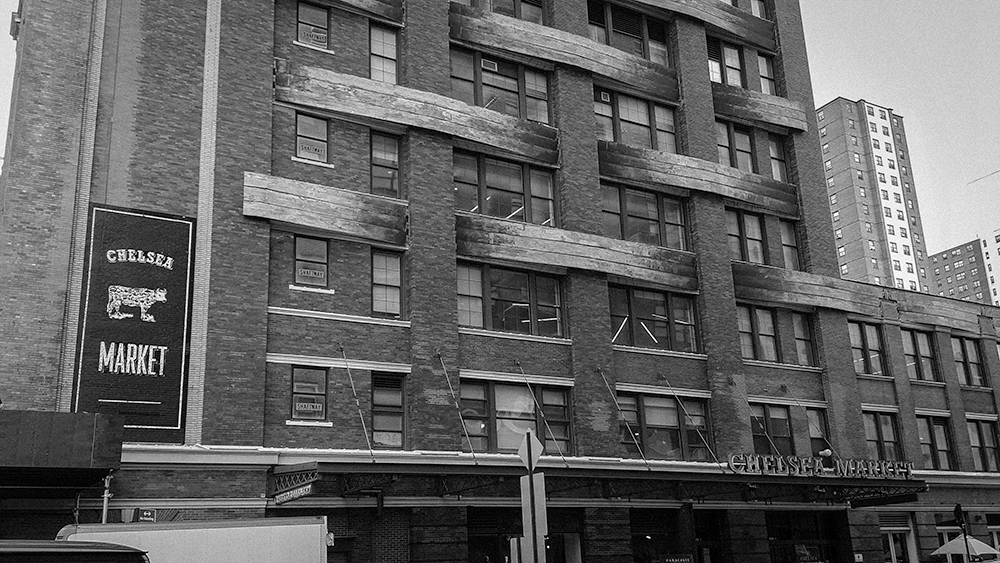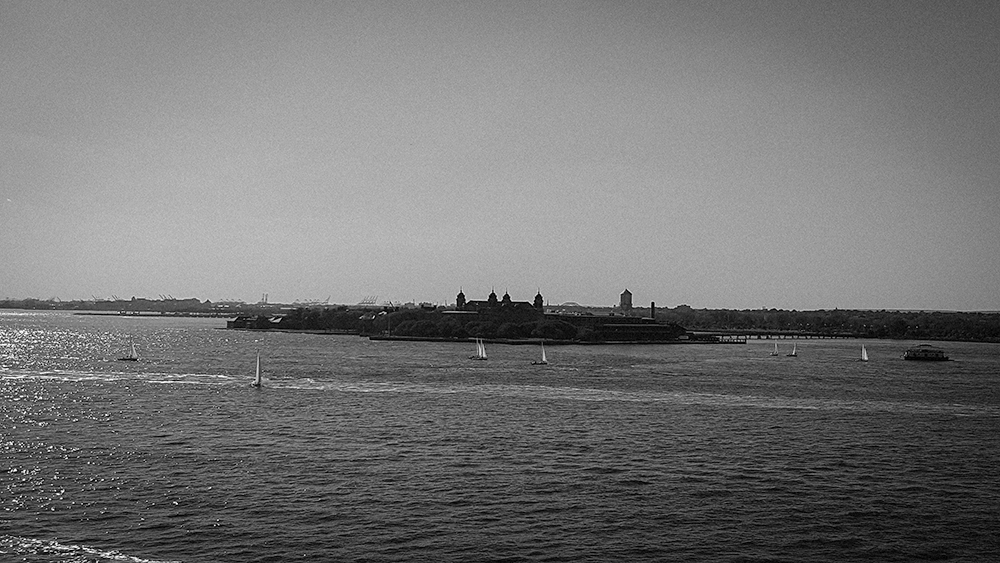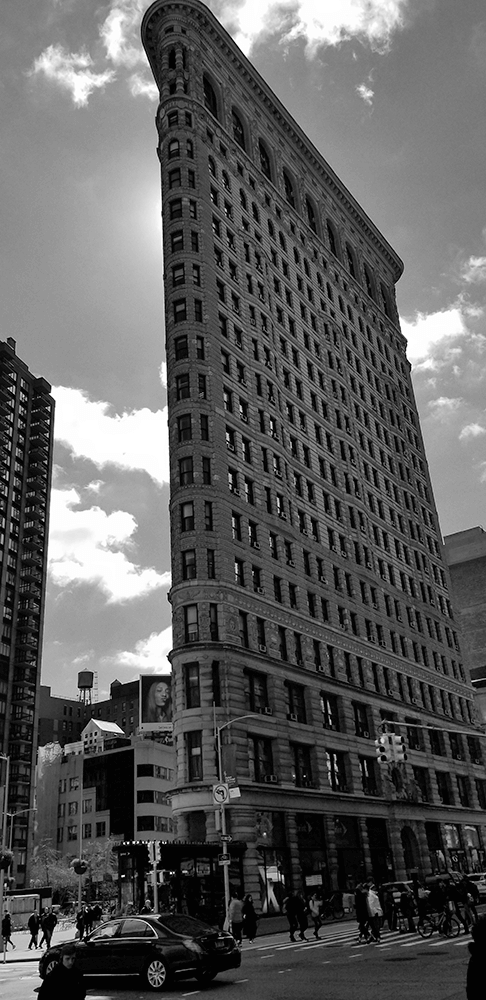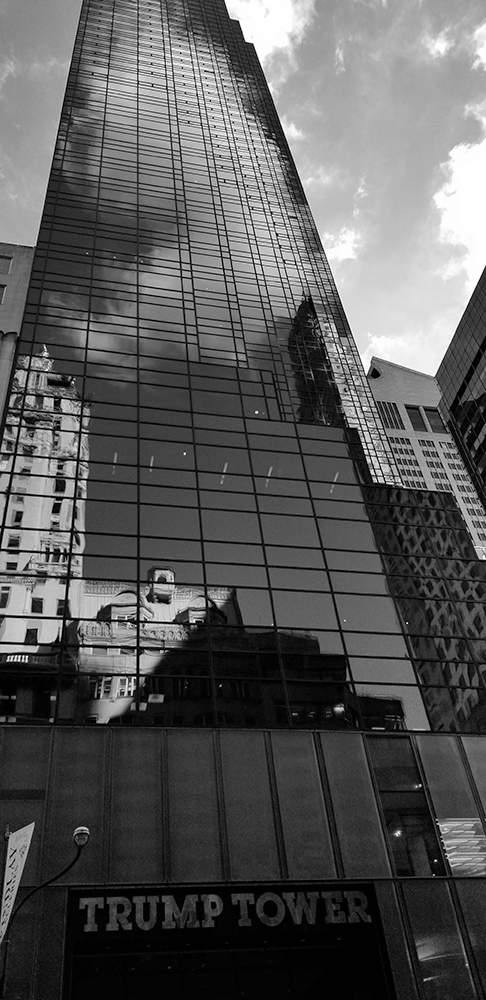Synagogue
Midtown
Temple Emanu-El
Temple Emanu-El in New York Der Temple Emanu-El ist eine der bedeutendsten und eindrucksvollsten Synagogen in New York City und spielt eine zentrale Rolle im jüdischen Leben der Stadt. Gegründet im Jahr 1845, ist der Tempel nicht nur ein Ort des Glaubens, sondern auch ein kulturelles und gesellschaftliches Zentrum für die jüdische Gemeinde. Geschichte und Gründung Der Temple Emanu-El wurde von einer Gruppe von Einwanderern aus Deutschland gegründet, die eine Reformgemeinde ins Leben rufen wollten. Die ursprüngliche Synagoge befand sich in der 43. Straße und der Fifth Avenue. Im Jahr 1929 wurde der heutige Standort an der Fifth Avenue und der 65. Straße eingeweiht. Das beeindruckende Gebäude wurde im neoromanischen Stil erbaut und ist ein herausragendes Beispiel für die Architektur religiöser Stätten in New York. Architektur Die Architektur des Temple Emanu-El ist atemberaubend. Die Fassade besteht aus hellen Sandsteinen und ist mit kunstvollen Skulpturen und Ornamenten verziert. Besonders auffällig ist der große Hauptturm, der die Synagoge dominiert. Im Inneren beeindruckt der Tempel mit hohen Decken, wunderschönen Buntglasfenstern und einem prachtvollen Hauptaltar. Die große Kuppel ist mit goldenen Verzierungen geschmückt und sorgt für eine ergreifende Akustik, die die Gottesdienste zu einem besonderen Erlebnis macht. Gottesdienste und Rituale Der Temple Emanu-El ist bekannt für seine offenen und einladenden Gottesdienste, die sowohl traditionell als auch modern sind. Hier werden die jüdischen Feiertage und Feste mit großer Hingabe gefeiert. Die Gemeinde hat eine lange Tradition von musikalischen Gottesdiensten, bei denen Chöre und Instrumente zum Einsatz kommen, um die spirituelle Atmosphäre zu bereichern. Die Rabbiner des Tempels legen großen Wert auf Bildung und Gemeinschaft, was sich in den vielfältigen Programmen und Veranstaltungen widerspiegelt. Bildung und Gemeinschaft Bildung spielt eine zentrale Rolle im Temple Emanu-El. Die Gemeinde bietet verschiedene Bildungsprogramme für Kinder und Erwachsene an, darunter Religionsunterricht, Vorträge und Workshops. Darüber hinaus engagiert sich der Tempel stark in sozialen und gemeinnützigen Projekten, um der Gemeinschaft zu dienen und das jüdische Leben zu fördern. Kulturelle Veranstaltungen Neben den religiösen Aktivitäten ist der Temple Emanu-El auch ein Ort für kulturelle Veranstaltungen. Regelmäßig finden Konzerte, Kunstausstellungen und Vorträge statt, die sich mit Themen der jüdischen Kultur und Geschichte befassen. Der Tempel hat sich als wichtiger Ort für den interreligiösen Dialog etabliert und fördert den Austausch zwischen verschiedenen Glaubensgemeinschaften. Der Temple Emanu-El ist mehr als nur eine Synagoge; er ist ein lebendiges Zentrum des jüdischen Lebens in New York City. Mit seiner reichen Geschichte, beeindruckenden Architektur und engagierten Gemeinde spielt der Tempel eine entscheidende Rolle im kulturellen und spirituellen Gefüge der Stadt. Er bietet nicht nur einen Ort für Gottesdienste, sondern auch eine Plattform für Bildung, Gemeinschaft und interkulturellen Austausch. Für Besucher und Mitglieder ist der Temple Emanu-El ein Ort der Inspiration, des Glaubens und der Gemeinschaft.
1 2 NYCGO 3 4




